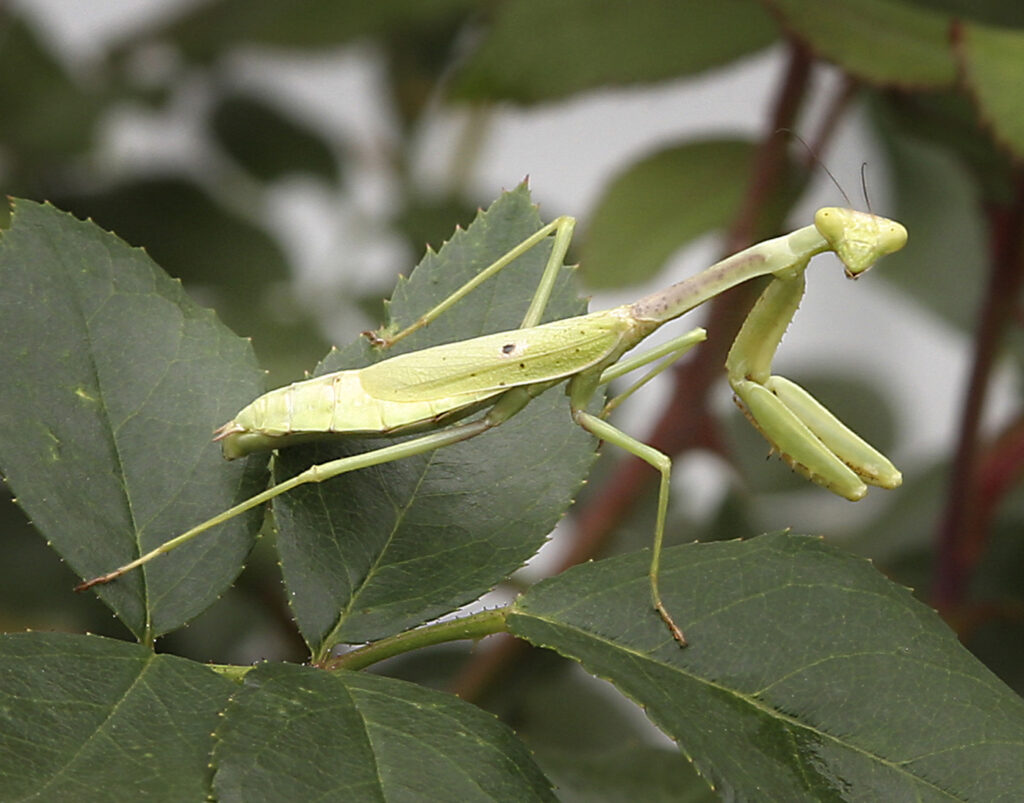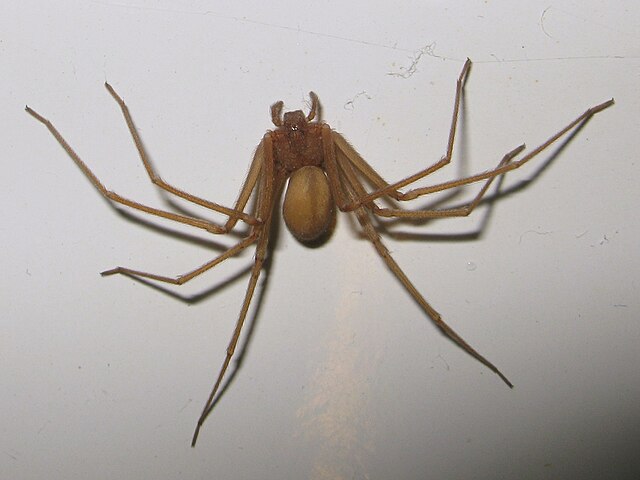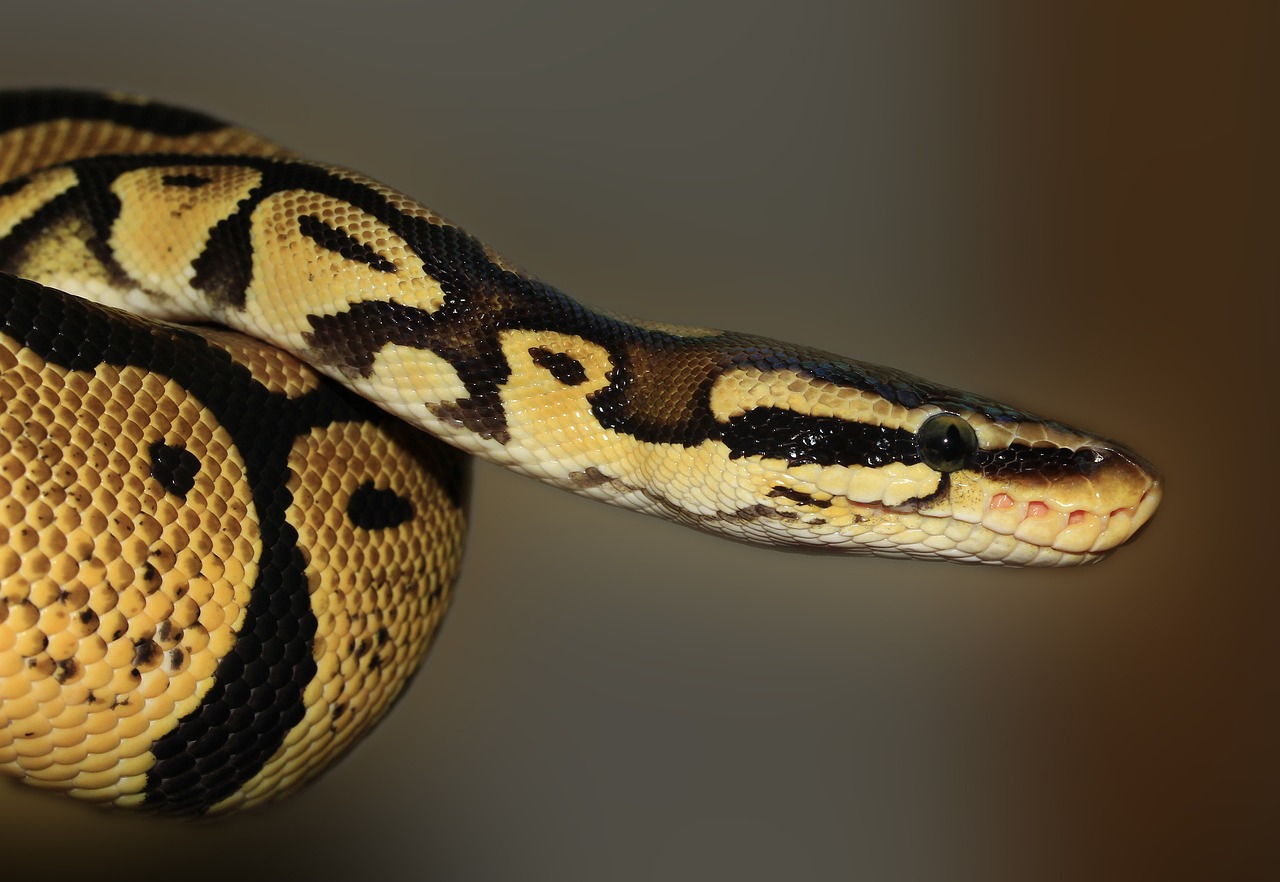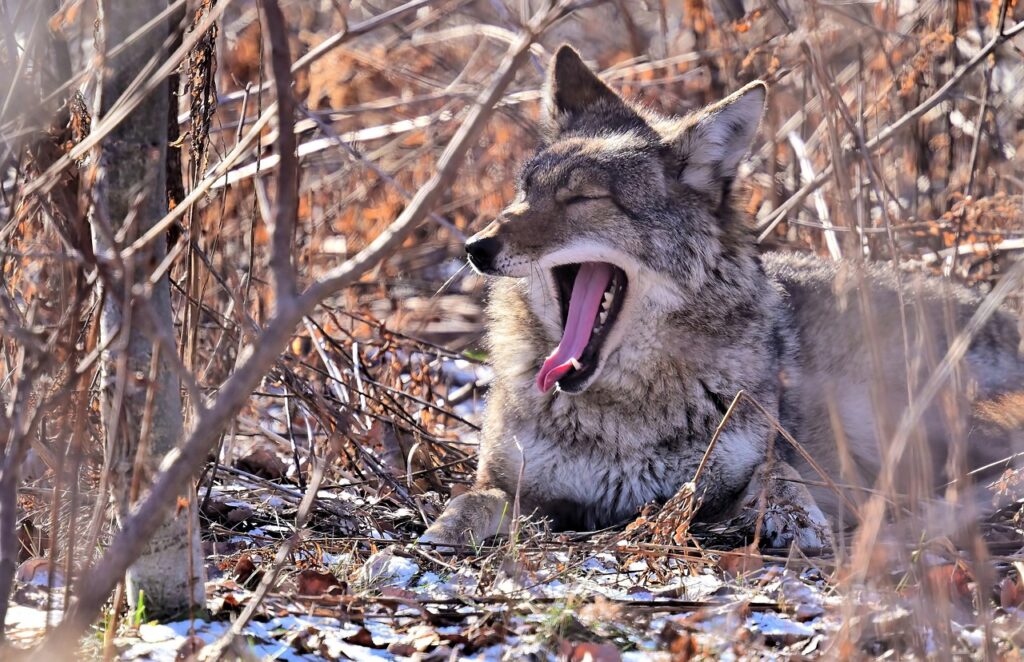In the animal kingdom, survival sometimes demands extreme measures. Cannibalism—where animals eat members of their own species—may seem shocking to humans, but it’s a survival tactic for many creatures. Whether driven by hunger, territoriality, or environmental pressures, these behaviors showcase the often brutal realities of nature. Here’s a closer look at 12 animals that engage in cannibalism, and five more that may surprise you.
1. Praying Mantis

Wikimedia Commons
Female praying mantises are notorious for engaging in cannibalism, sometimes eating their mates after or during copulation. This behavior, while disturbing, is believed to benefit the female by providing her with extra nutrients. This increases her chances of producing healthy offspring. While some research suggests that not all females display this behavior, it’s commonly observed in captivity, where females may be stressed or hungry.
2. Brown Recluse Spider

Brown recluse spiders are another example of arachnids that sometimes eat their own. These solitary spiders, typically found in dark corners and basements, may consume smaller spiders of their species if food is scarce or they are hungry. This cannibalistic tendency ensures they don’t starve in environments with limited prey. Additionally, they may eat each other during mating or when their webs are disturbed.
3. Polar Bears

• Polar bears have been known to exhibit cannibalistic behavior, particularly in times of extreme starvation. In the wild, when their natural food sources, like seals, become scarce due to melting ice, adult polar bears may attack and eat younger, weaker bears, including cubs. In some cases, male polar bears have also been known to kill and consume cubs to bring the female back into estrus. This practice is becoming more common as the Arctic environment changes.
4. Crocodiles

Pexels
Crocodiles are known for their aggressive behavior, and cannibalism is no exception. Juvenile crocodiles often fall prey to larger adult crocodiles. In crocodile populations where food is limited, they may also eat smaller members of their species. This behavior can also be a result of territorial aggression or competition for space and resources. Crocodiles in captivity sometimes display cannibalistic tendencies if overcrowded or stressed.
5. Hamsters

Flickr
Hamsters are often regarded as docile pets, but their behavior can take a darker turn. Female hamsters, particularly when stressed or feeling threatened, have been known to eat their own offspring. This behavior might occur if the mother feels that the litter is too large to care for or if the environment is overcrowded. While it’s not a common occurrence, it remains an instinctive response to stress or resource limitations.
6. Lions

While lions are social creatures, they sometimes engage in cannibalism within their prides. When food is scarce, or when there’s a change in the pride’s leadership, male lions may kill and eat cubs from other males. This practice is primarily driven by a biological urge to increase their own chances of passing on their genes. Female lions may also engage in this behavior if they feel threatened or if they need to conserve resources for their own survival.
7. Snakes

Many snake species are known to eat their own kind, especially when they’re hungry or stressed. Larger snakes like pythons and rattlesnakes will sometimes consume smaller members of their species, particularly in dense populations. Some snakes, such as the rat snake, are known to eat other snakes as part of their natural diet. In captivity, this behavior can arise from stress or lack of space, which causes competition for food.
8. Zebras

Although rare, zebras have been known to practice cannibalism, particularly when food is scarce. In extreme conditions, zebras might resort to eating the carcasses of other zebras, often those that have died of natural causes. This behavior helps them gain essential nutrients during times when their regular food sources are limited.
9. Wholphin

Wikipedia
The wholphin is a hybrid of the false killer whale and the bottlenose dolphin, found primarily in captivity. While wholphins are not typically known for cannibalism, in some instances, these marine mammals have been observed to eat smaller marine animals in their vicinity. They are incredibly intelligent and social creatures, and some experts suggest that their predatory behaviors are linked to the stress of being in captivity.
10. Coyotes

Pickabay
Coyotes are opportunistic feeders, and in times of extreme food scarcity, they will resort to cannibalism. This behavior is more common when they’re desperate for food or when their territories overlap with other coyotes. In some cases, they’ve been observed eating young coyotes in the wild, especially when prey is scarce or other food sources are unavailable.
11. Frogs

Flickr
Some frog species, particularly larger ones like the African bullfrog, engage in cannibalism when food is scarce. African bullfrogs have been known to eat smaller frogs, including tadpoles, and will even consume their own eggs when under stress. Their voracious appetite helps them survive when resources are limited.
12. Hyenas

Pickpik
Hyenas, particularly the spotted hyena, are known for their scavenging behavior and, in some cases, will eat members of their clan. Hyenas often compete for food in harsh environments, and in times of scarcity, the strongest or most dominant hyenas may kill and consume weaker members, including cubs.
13. Tarantulas

Pixabay
Cannibalism in tarantulas is not uncommon, especially among species like the Mexican redknee tarantula. Females sometimes eat their male counterparts after mating, a behavior that’s more common in captivity. In some species, the larger tarantulas will prey on smaller members of their species, particularly if food sources are scarce.
14. Cuttlefish

Pexels:
Cuttlefish are fascinating creatures that practice cannibalism, particularly during mating. Males will sometimes eat the females after mating, which can be an instinctive response to competition. In the wild, smaller or weaker cuttlefish often fall prey to larger, more dominant individuals.
15. Ants

Pexels: Thang Cao
Certain species of ants, such as army ants and fire ants, are known to practice cannibalism. During times of food scarcity or when under attack, ants will eat members of their own colony. Some species, like the red imported fire ant, are particularly notorious for cannibalistic behavior in the wild.
Cannibalism in the animal kingdom is an extreme behavior driven by survival instincts, competition for resources, or stress. While it may seem unsettling, it’s a reminder of the harsh realities that many creatures face in the wild. Whether due to environmental pressures or a lack of food, these animals have adapted in ways that ensure their survival, even at the expense of their own kind.


